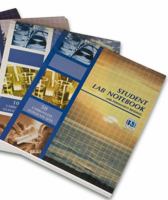Plaster Studio: Mixed-Media Techniques for Painting, Casting and Carving
Select Format
Select Condition 
You Might Also Enjoy
Book Overview
Return to the origin of the earth and discover a new way of playing in the mud. Raw, friendly and easily altered, plaster is perhaps the most versatile art medium you have yet to encounter. Beautiful in its luminosity, yet open to receiving a multitude of alterations, plaster will easily agree to being painted, carved, cast and sculpted. Stephanie Lee and Judy Wise will walk you through 24 step-by-step projects and will introduce you to a variety of plaster forms. The techniques you'll be introduced to will inspire you to go on and develop your own creations. Inside Plaster Studio you will discover how to: Apply image transfers to a plaster surface Make plaster projects glow with the addition of encaustic medium Create book pages and covers from plaster Add depth with plaster and stencils Cast objects from plaster that are easy to add to other works of art Bring three-dimensional intrigue to projects using wire armature with plaster gauze Take your work to the next level with the help of inspiring gallery works from the authors and talented contributingartists Mix up your first batch of plaster today and see what Plaster Studio will inspire your imagination to carve out This description may be from another edition of this product.
Format:Paperback
Language:English
ISBN:1440308152
ISBN13:9781440308154
Release Date:May 2011
Publisher:North Light Books
Length:128 Pages
Weight:1.18 lbs.
Dimensions:0.4" x 8.3" x 10.9"
More by Hayden McNeil
Customer Reviews
6 customer ratings | 4 reviews
There are currently no reviews. Be the first to review this work.













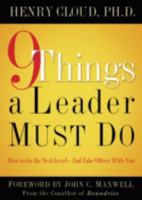


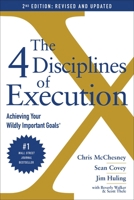



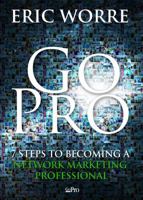
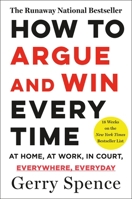





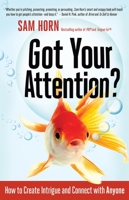


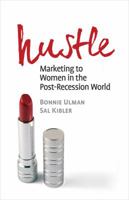


![Student Lab Notebook: 100 Set Notebook with Spiral Binding - Top Perforated [Paperback]](https://m.media-amazon.com/images/I/51ISg36R-6L._SL200_.jpg)









